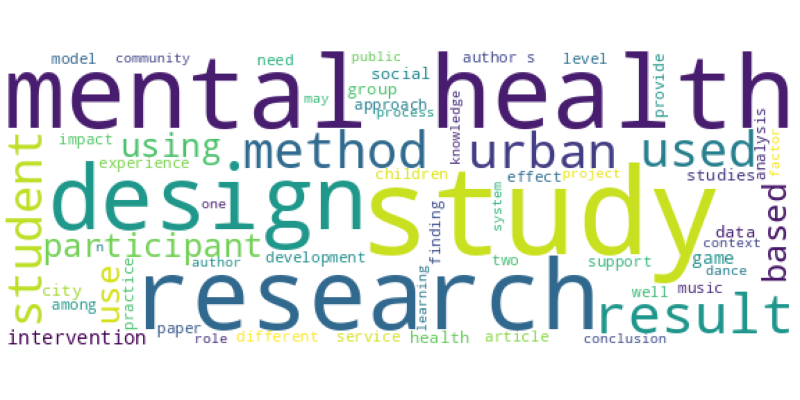| Id | 2809 | |
| Author | Gao C.; Hou J.; Ma Y.; Yang J. | |
| Title | Evaluation and Analysis of Design Elements for Sustainable Renewal of Urban Vulnerable Spaces | |
| Reference | Gao C.; Hou J.; Ma Y.; Yang J. Evaluation and Analysis of Design Elements for Sustainable Renewal of Urban Vulnerable Spaces,International Journal of Environmental Research and Public Health 19 24 |
|
| Link to article | https://www.scopus.com/inward/record.uri?eid=2-s2.0-85144566790&doi=10.3390%2fijerph192416562&partnerID=40&md5=60624a2958995eaa5c2ceb492a1feaff |
|
| Abstract | The sustainable renewal design of urban vulnerable spaces is critical for urban space quality improvement. Taking Zhengzhou and surrounding cities as examples, a cognitive framework of urban vulnerable spaces is constructed. The three types of urban vulnerable spaces are vulnerable population, vulnerable cultural, and vulnerable forgotten spaces. Their sustainable renewal design elements comprise multidimensional factors, such as functional requirement, space organization, activity facility, urban context continuation, and material texture. The design elements for the sustainable update of urban vulnerable spaces are evaluated by grey relation analysis (GRA), and update strategies are proposed. The result shows that (1) vulnerable population spaces were shown to have the highest sensitivity to functional requirements and activity facility design elements, while vulnerable cultural spaces have high relevance to urban context continuation and functional requirement design elements. Furthermore, space organization, activity facility, and urban context continuation design elements all show high relevance and importance in vulnerable forgotten spaces. (2) The update of vulnerable population spaces should be designed to achieve functional communion; vulnerable cultural spaces can be reshaped through urban context implantation, and vulnerable forgotten spaces can use space creation to enhance ecological space continuity, achieving sustainable renewal. The study provides a reference for decision-making for improving urban vulnerable habitats and the sustainable renewal design of atypical urban space types. © 2022 by the authors. |
|
| Keywords | Cities; Urban Renewal; numerical model; sustainability; sustainable development; urban area; urban development; urban population; urban renewal; article; city planning; decision making; habitat; human; human experiment; implantation; sustainable development; vulnerable population; city |
Wordcloud:



